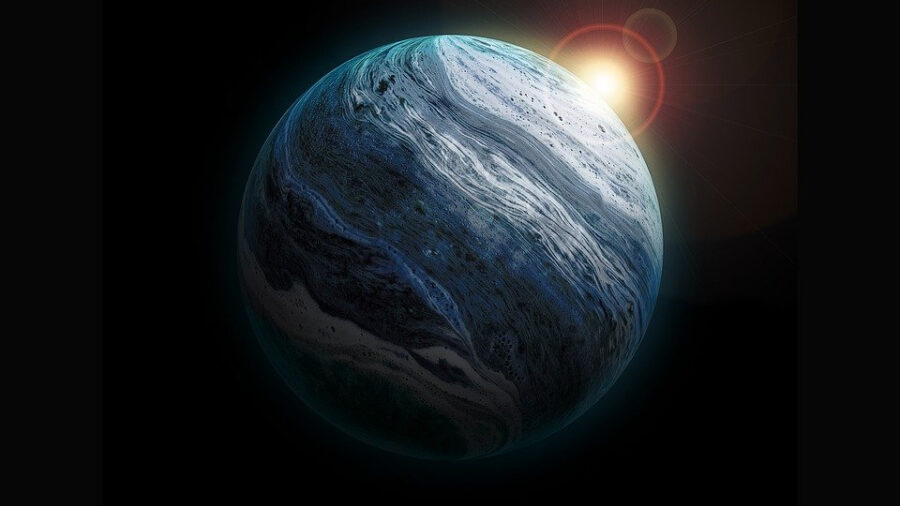A team of researchers from the University of Sydney will search Alpha Centauri for signs of life in hopes of finding another habitable planet.
The search for extraterrestrial life has long been an area of interest for scientists and researchers. With advances in technology and space exploration, the search for life beyond our planet has undoubtedly become more feasible. However, Sydney University It took to its official website to announce that it has signed an agreement with EduroSat, a European space technology company, for the Toleman mission to determine if planets in the neighboring star system, Alpha Centauri, are capable of hosting life.
Led by Professor Peter Tuthill and supported by Breakthrough Initiatives in California, the new mission has been called Toleman, after the Arabic name for the ancient star. It will search for habitable planets around the system’s two sun-like stars, Alpha Centauri A and B, which lie four light years from Earth. The ultimate goal of the mission is to determine whether these planets have the potential to develop and maintain environments hospitable to life.
Although Tuthill stated that the stars are incredibly close to Earth, no convincing evidence of exoplanets has been found in the Alpha Centauri system, despite repeated astronomical surveys. While astronomers have reported several possible signals from the star system, one turned out to be a false positive involving an RV signal attributed to a planet in 2012, and the other, a possible planetary transit in 2013, was determined to be outside the habitable zone. from the star system. In 2021, a potentially life-sustaining planet called Candidate 1 (C1) has been detected around Alpha Centauri using direct thermal imaging, but this remains unconfirmed.

With the help of modern satellite technology, Professor Tuthill said he hopes his team can explore thousands of exoplanets outside our solar system, even if most of them seem completely out of our reach. While exoplanet detection is undoubtedly a major technical challenge, Tuthill and his team are developing a compact, dedicated space telescope that can capture high-resolution measurements to achieve the mission. Despite its small size of only 12 liters, the telescope needs a satellite to accommodate it while ensuring thermal and mechanical stability through active systems with extreme precision.
EnduroSat will provide the hardware and software needed for the mission to search the Alpha Centauri star system for planets capable of hosting life. The company’s MicroSat technology can download payload data at 125+ megabits per second. The data collected will be sent back to Earth for analysis by researchers at the University of Sydney and other institutions involved in the mission.
Professor Tuthill from the University of Sydney, EnduroSat CEO Raycho Raychev, and Dr S. Pete Worden, Executive Director, Breakthrough Initiatives, expressed their excitement in partnering with each other on the Toleman mission. Along with understanding Alpha Centauri, the closest star system to our own solar system, the team hopes this effort will help pave the way for more low-cost astronomy missions in the future. More importantly, it hopes to bring us closer to determining whether life exists beyond Earth.

“Twitteraholic. Total bacon fan. Explorer. Typical social media practitioner. Beer maven. Web aficionado.”
